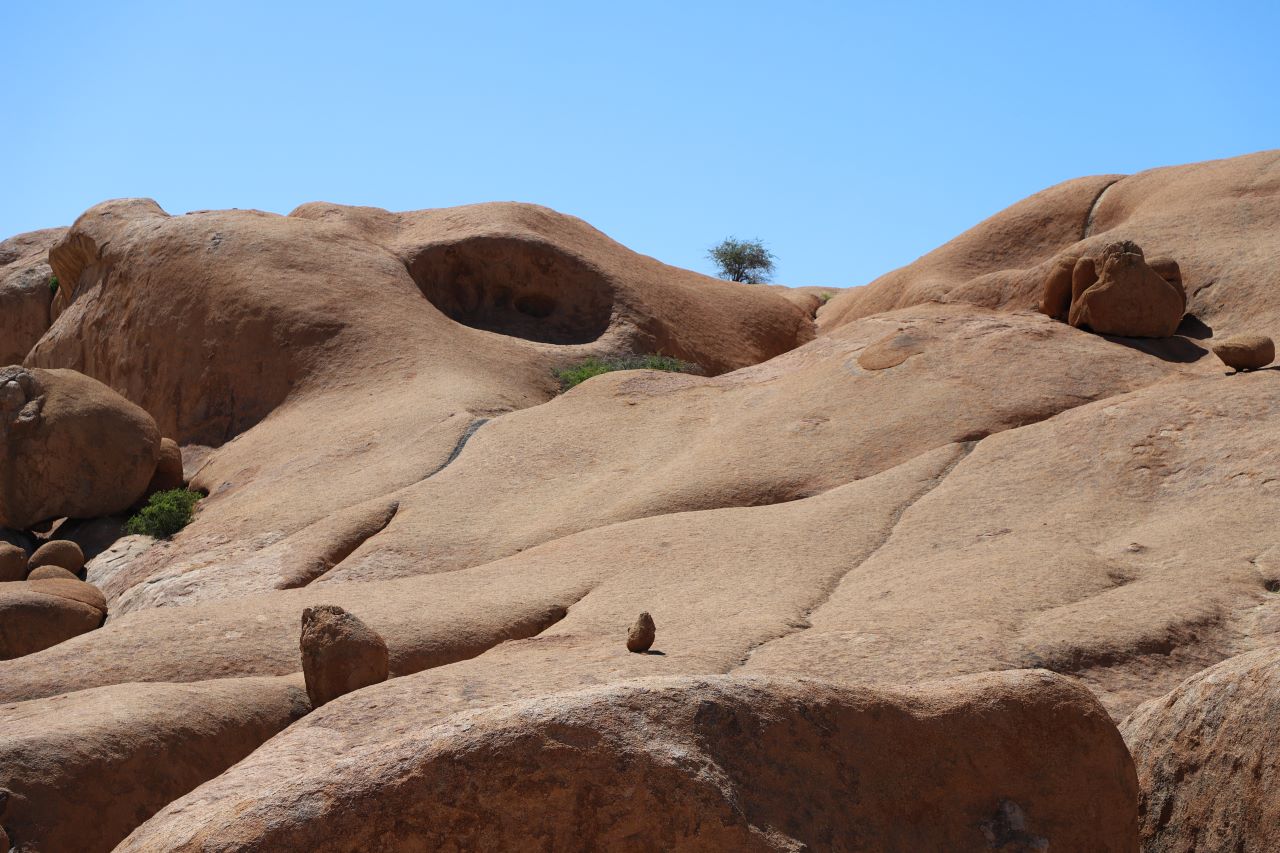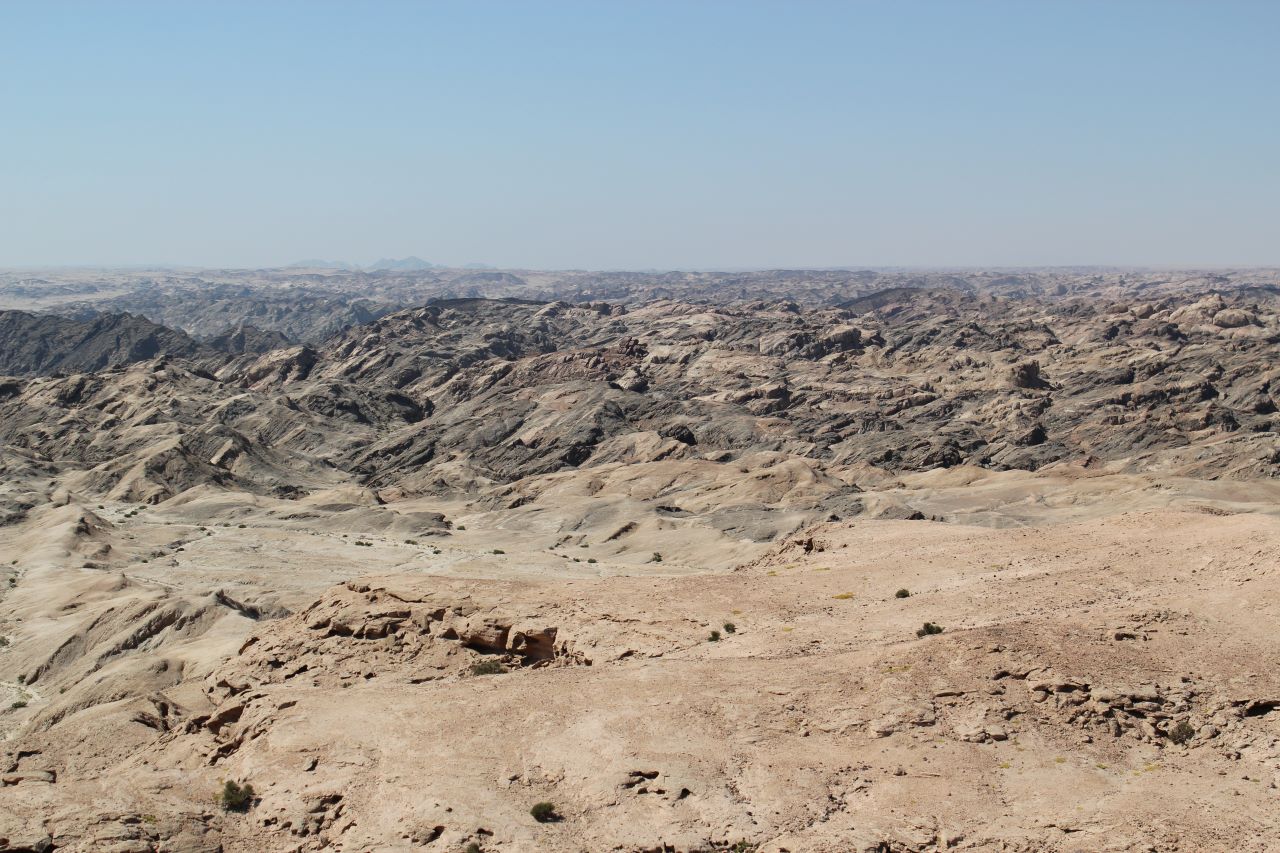Namibia’s Iconic Big Cats: Lions, Cheetahs & Leopards in the Wild
Namibia, with its diverse landscapes and rich ecosystems, is home to some of Africa’s most iconic large cats: lions, cheetahs, and leopards. Each of these magnificent predators plays a crucial role in maintaining the balance of their habitats, and their presence is a testament to Namibia’s vibrant wildlife. Conservation efforts are vital to ensure these species continue to thrive amid the challenges posed by human activity and environmental changes.
Kings of the Namibian Savanna
Lions are perhaps the most renowned of Namibia’s large cats. Found primarily in the northern and eastern parts of the country, these apex predators inhabit diverse environments, from dense bushveld to open savannas. Namibia is home to two distinct populations of lions: those in the Kalahari Desert and those in other regions like Etosha National Park and the Zambezi Region.
The lions of the Kalahari Desert are particularly notable for their unique adaptations to their harsh environment. These lions are distinguished by their striking black manes, which are notably darker and more prominent than those of their counterparts in other regions. This trait is thought to be an adaptation to the extreme conditions of the desert, possibly providing better protection against the intense sun and contributing to their unique appearance.
In contrast to their counterparts in more verdant areas, Kalahari lions are generally smaller and more slender. They have evolved to cope with the arid conditions, exhibiting behaviours and physical traits suited to conserving water and navigating the desert landscape. For instance, these lions are known to have larger home ranges due to the sparse availability of prey and water sources.
In contrast, lions living in regions like Etosha National Park benefit from more abundant resources. These lions tend to be larger and more robust, with a diet that includes a wider variety of prey. Their populations are also better studied and monitored due to their presence in protected areas with established conservation programs.
The Speedsters of the Savanna
Cheetahs are famous for their incredible speed, reaching up to 75 miles per hour (120 kilometers per hour) in short bursts. In Namibia, they are found mainly in open landscapes where their speed can be utilized to catch prey. The country is known for its significant cheetah population, particularly surrounding the Kalahari Desert and the Namibian savannas.
Cheetahs face unique challenges, including habitat loss and human-wildlife conflict. Their need for large territories and their tendency to hunt on farms where livestock is prevalent can lead to conflicts with humans. To address these issues, various conservation initiatives focus on creating safe corridors and promoting coexistence strategies with local communities.
Elusive and Adaptable
Leopards are renowned for their stealth and adaptability. They are solitary animals that can thrive in a range of environments, from dense forests to arid deserts. In Namibia, leopards are found in various habitats, including the Kunene Region’s rugged terrain and the Zambezi Region’s bushveld.
Leopards are highly adaptable and exhibit a remarkable ability to adjust their hunting strategies based on their environment. They are often elusive, which makes them challenging to study and conserve. Their solitary nature and wide-ranging territories necessitate extensive conservation efforts to ensure their survival.
Conservation Efforts and Organizations
Several organizations are dedicated to the conservation of Namibia’s large cats, working tirelessly to protect these majestic animals and their habitats. Key players in this field include:
The Cheetah Conservation Fund (CCF): Founded by Dr. Laurie Marker, the CCF is a leading organization focused on the conservation of cheetahs through research, education, and community-based initiatives.
The Namibian Lion Trust: This organization works to conserve and protect Namibia’s lion populations through monitoring, anti-poaching efforts, and community outreach programs.
Save the Rhino Trust (SRT): While primarily focused on rhino conservation, the SRT also plays a role in preserving the broader ecosystem, which benefits large cats like leopards.
The Namibian Leopard Conservation Project: This initiative aims to understand and protect leopards through research and collaboration with local communities.
The Unique Ecology of Kalahari Lions
Lions in the Kalahari Desert represent a distinct population adapted to one of the harshest environments in Africa. Unlike their counterparts in more lush regions, Kalahari lions are smaller and have developed unique survival strategies. Their striking black manes, a distinctive feature of these desert lions, are thought to help protect against the intense sun and contribute to their formidable appearance.
These lions often have larger territories compared to those in more resource-rich areas, reflecting the sparse availability of prey. Their social structures and hunting behaviours are also adapted to the desert environment, making them a fascinating subject of study for conservationists and researchers.
Protecting Namibia’s Majestic Large Cats
Namibia’s large cats—lions, cheetahs, and leopards—are integral to the country’s ecological balance and biodiversity. Each species faces its own set of challenges, from habitat loss to human-wildlife conflict. Through dedicated conservation efforts and ongoing research, organizations across Namibia strive to ensure the survival of these magnificent predators. By understanding and supporting these efforts, we can help preserve the rich wildlife heritage of Namibia for future generations.
Book your safari today to experience these incredible cats in their natural habitat and support vital conservation initiatives.







